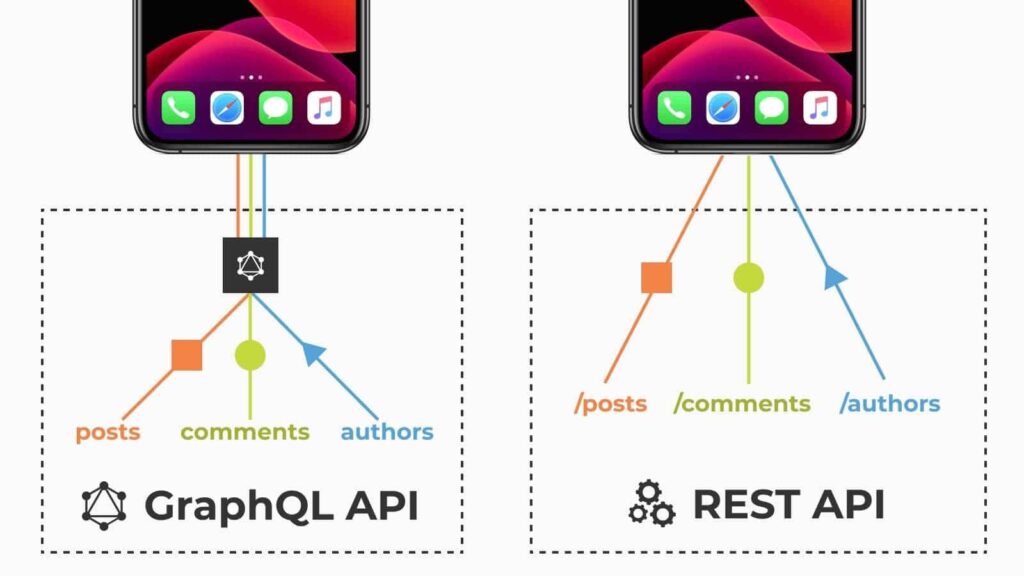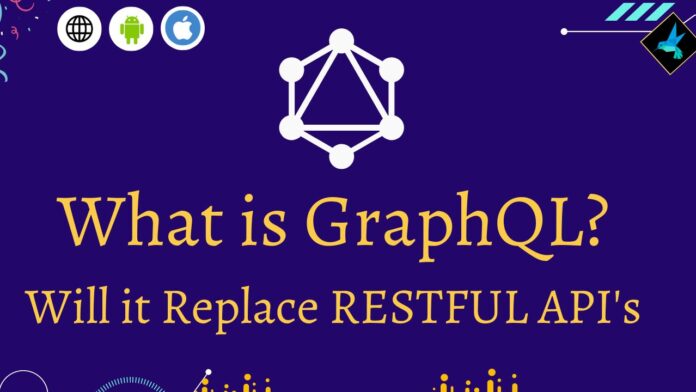What is GraphQL?
Basically GraphQL is a Query language used to develop API’s, GraphQL is been developed by Meta(Facebook). It gives power to client to ask for any data as per client need, it provides ful described data in the API.
Usually GraphQL servers works as a middleware, it sits between client side and backend services to communicate data within.
It can aggregate multiple RESTfull API request into a single Query.
It also support various queries like, mutations(used for data modification before sending to front end client) and subsriptiions(schema modification on receiving notifications).
Different between RESTAPI and GraphQL
| REST API | GraphQL | |
| Architecture | server-driven | client-driven |
| Organized in terms of | End Point | Schema & type System |
| Operations | CRUD Operation | Query mutation Subscription |
| Data fetching | Fixed data with multiple api calls | Single API call |
| Performance | Multiple network calls will increase response time | Faster |
| Development speed | Medium | Super Faster |
| Learning curve | Easily to Learn | Difficult to learn |
| Self – documenting | No | Yes |
| File Uploading | Supported | Not Supported |
| Web Caching | Yes | No, caches. but using libraries we can. |
| Stability | better choise for complex queries | less error prone, automatic validation |
| Use Cases | Simple App’s monolithic architecture | Best for microservices application, Mobile Applications |
How GraphQL Query request

Will graphQL replace restful api
As you all hearing a lot boom about the popularity gain of GraphQL and it ability in building efficient, powerful & flexible API’s as compared with REST.
REST is a one among famous API development technology but after launch of GraphQL in 2015 by FACEBOOK(META), It got boom in market and many API developer are trying to get upgraded in this GraphQL.
Pros and Cons of RestAPIs and GraphQL
RestAPI’s
| pros | cons |
| Supports different data formats (Html, JSON, etc.) | An annoying and confusing pagination system |
| Resources efficiency | Difficulty to get issues general information |
| Better scalability |
GraphQL
| pros | cons |
| Eliminates over-fetching & under-fetching. | Lacks built-in caching. |
| Provides consistent, uniform data | Complicated error handling. |
| Speeds up the development process | Lacks industry adoption & support. |

![AWS Load Balancers with EC2 Instances – Complete Tutorial [2025] Overview image of AWS Load Balancer tutorial setup steps](https://protocoderspoint.com/wp-content/uploads/2025/06/AWS-Load-Balancer-741x486.png)














![AWS Load Balancers with EC2 Instances – Complete Tutorial [2025] Overview image of AWS Load Balancer tutorial setup steps](https://protocoderspoint.com/wp-content/uploads/2025/06/AWS-Load-Balancer-324x160.png)